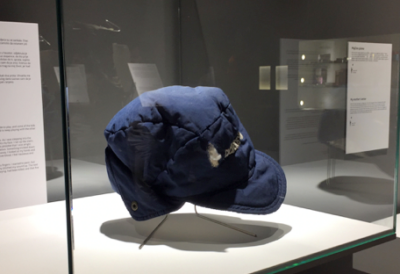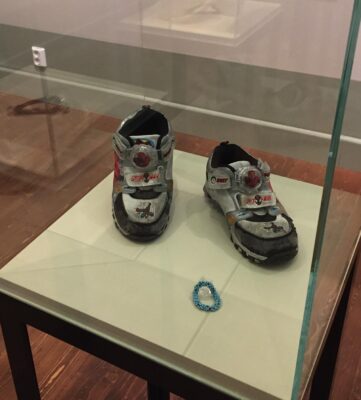On October 26 and 27, FIT’s Exhibition and Experience Design MA program will host the annual Designing for Empathy summit. The conference is put together by the Organization of Networks for Empathy (ONE).
It may be difficult to cultivate empathy, but the work matters. In 2022, the Dalai Lama wrote about the ONE conference, “Working to promote an education of the heart is the best contribution we can make to future generations if we are to help them meet the complex challenges that lie before them.”
Brenda Cowan, professor of Exhibition and Experience Design, and Elif Gokcigdem, founder of ONE, answered questions about the summit. “This conference offers a platform for the creation of transformative learning tools and spaces that expand one’s understanding of the self as expansive and integral to a greater whole,” Gokcigdem said.
You’ve created a two-day conference around the importance of empathy in design. What is empathy is and why is it important?

Empathy has been defined as “a form of perception that enables us to connect with ourselves and others, while awakening us into our oneness with a greater whole, of which we are all a part, including all of humanity…and our planet.” It can allow us to understand our interconnectedness.
Many of the conference panels concern museums. How can they promote empathy?
Museums offer many opportunities for empathy-building, such as storytelling, experiences of awe and wonder, experiential learning, dialogue, and contemplation. By positioning museums as incubators of empathy-building, we can create a ripple effect for us to create a culture of empathy in our world.
What’s an example of a museum space designed to encourage empathy?
Two exhibitions, one curated by Bosnian war survivors at the War Childhood Museum in Sarajevo, and Stories from Syria, curated by Syrian refugees and immigrants in Sweden, are great examples. (See photos.) The shows are co-curated by the people whose powerful stories are told, in first-person narrative, with their own everyday personal objects. Visitors connect with the meaning of survival, resilience, and hope through seeing these loved–and in some cases battered–objects, and hearing their stories.

FIT’s new Design for Empathy Student Committee (DESC) just announced scholarships for four students. What kinds of projects won?
The winning projects address underrepresented indigenous voices, those of the women of Iran, and people impacted by loved ones with dementia.
You have invited a full range of speakers. If you could pick just one to highlight, who would it be and why?
I am sure that master tap dance artist Andrew Nemr’s All-Campus Workshop in Expanded Listening will be a very unique experience for most of us. The audience will learn what it is like to be able to objectively witness ourselves, as we try to hear those farthest away from us.
The conference, which will be held in the Haft Theater, is free for the FIT community.


